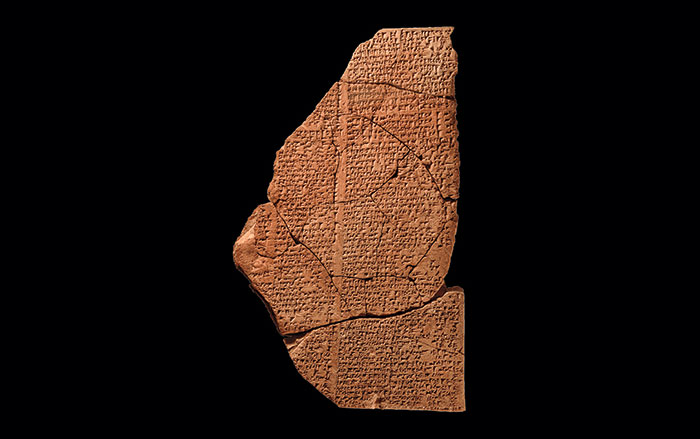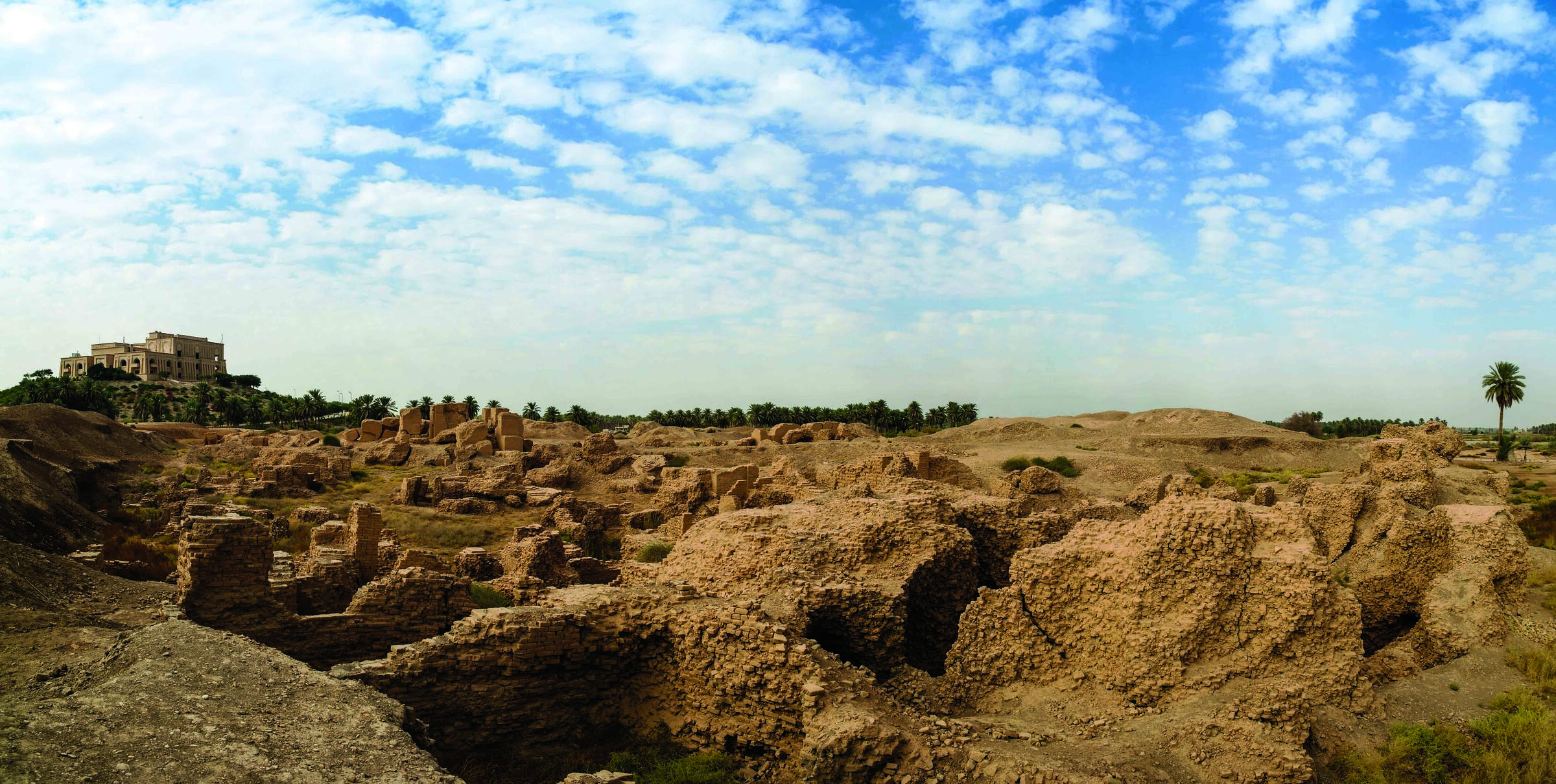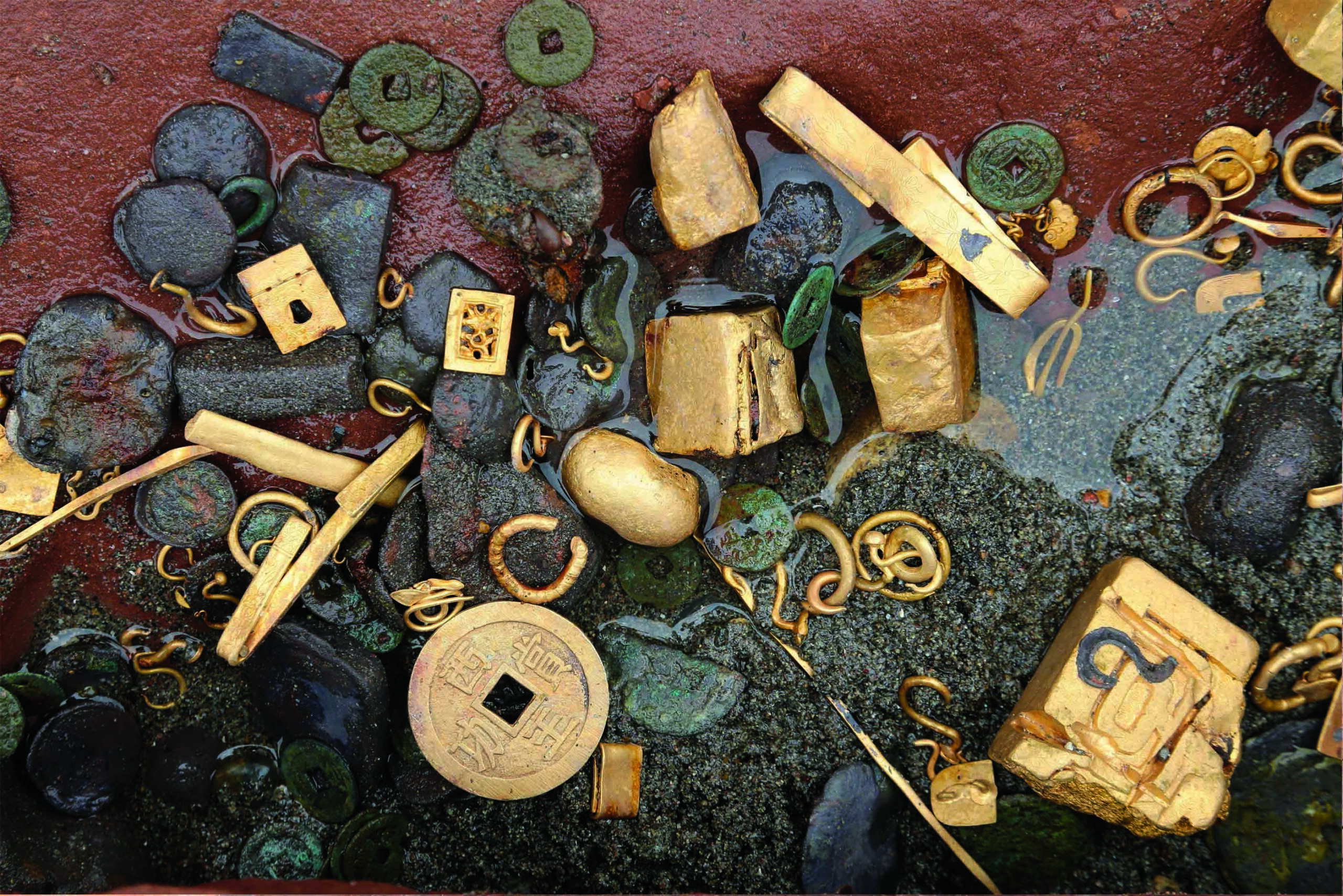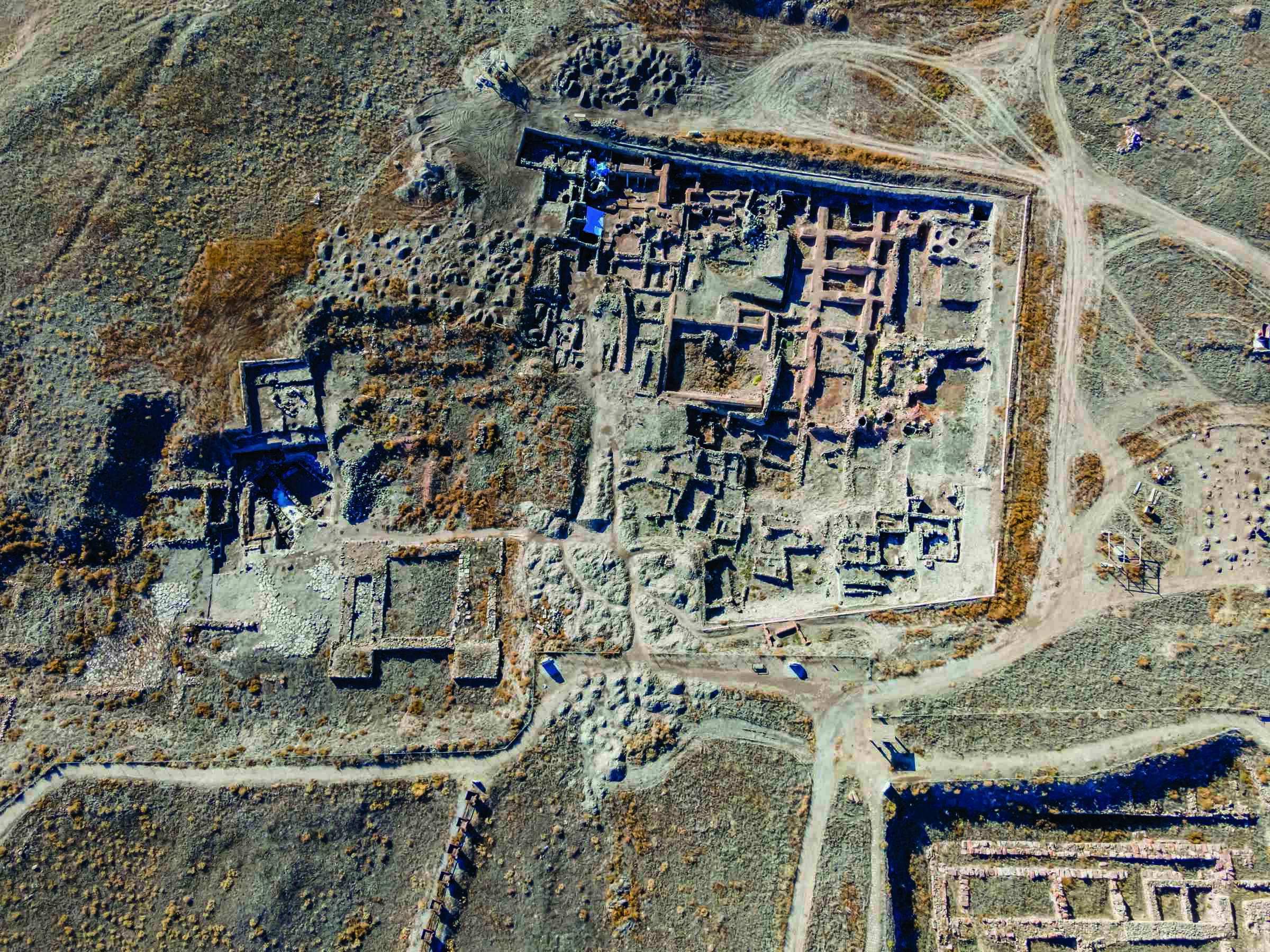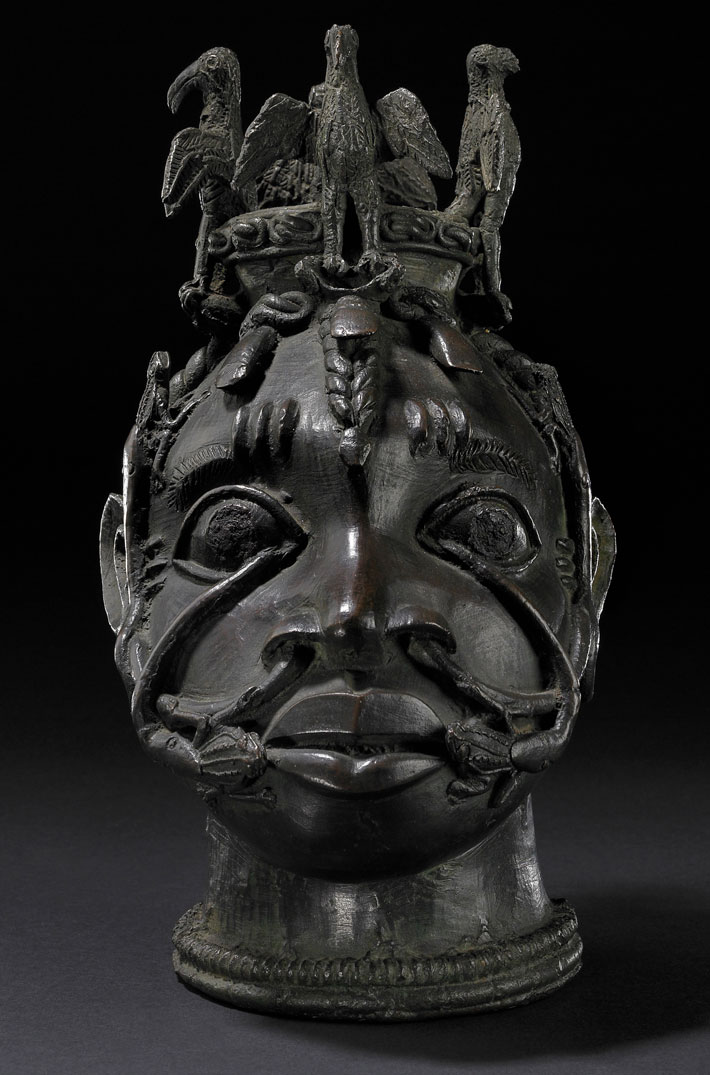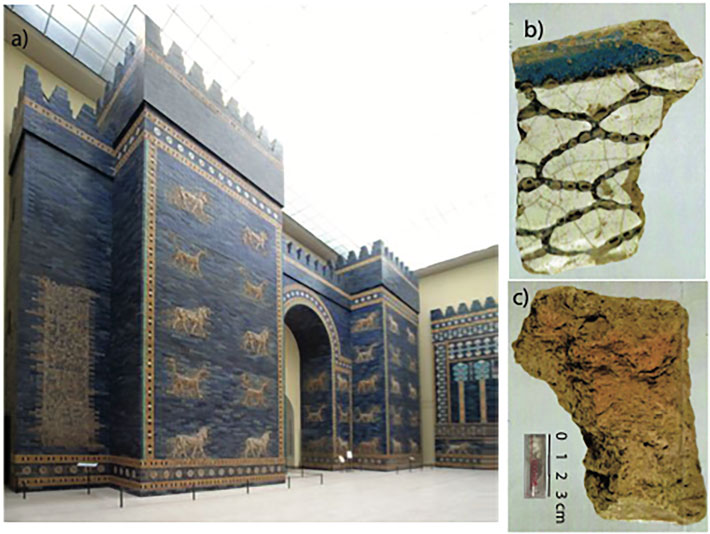
ROME, ITALY—According to a Live Science report, Anita Di Chiara of Italy’s National Institute of Geophysics and Volcanology, Lisa Tauxe of the Scripps Institution of Oceanography, and their colleagues measured the geomagnetic fields of samples of five fired mud bricks from Babylon’s Ishtar Gate, which has been reconstructed at the Pergamon Museum in Berlin. Construction of the gate was begun by King Nebuchadnezzar II, who reigned from 605 to 562 B.C., to celebrate the Babylonian Empire’s conquest of Jerusalem in 586 B.C. Bricks from the first phase of construction of the gate are inscribed with the name of the king. Bricks from the second and third phases of construction, however, are not. Some researchers have suggested that possible changes in style in these later phases of construction of the gate could indicate that it was completed after the king’s death. Yet the magnetic field measurements of all five brick samples dated to 583 B.C. “The age is based on the period of the reign of Nebuchadnezzar II, during which the order to build the gate was given,” and the king was likely still alive when the project was completed, the researchers concluded. Read the original scholarly article about this research in PLOS ONE. For more on the construction of the Ishtar Gate, go to "The Last King of Babylon."


